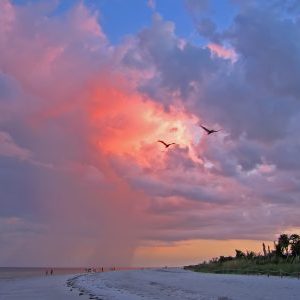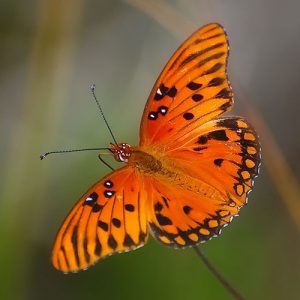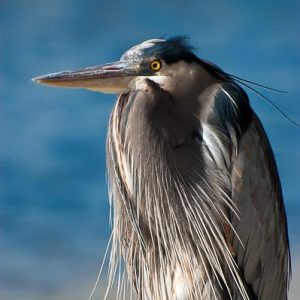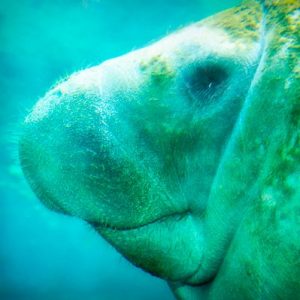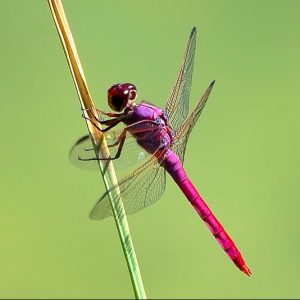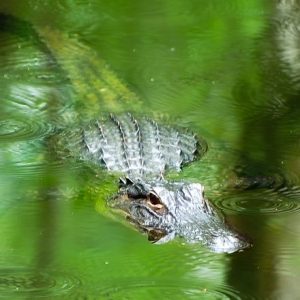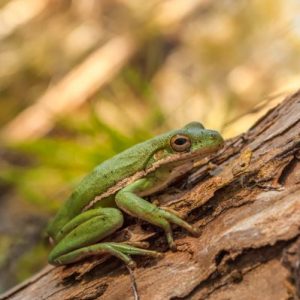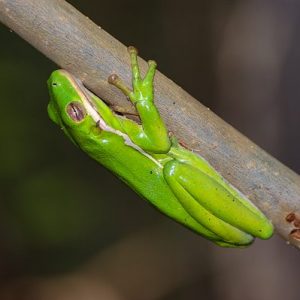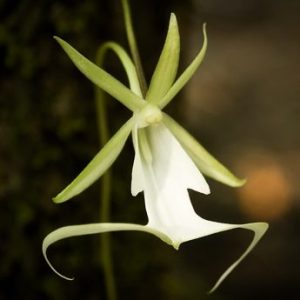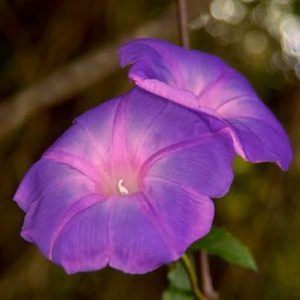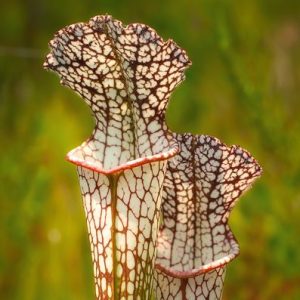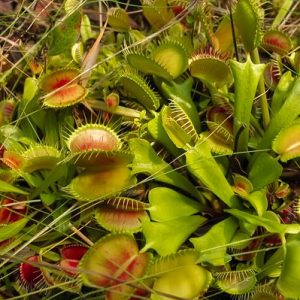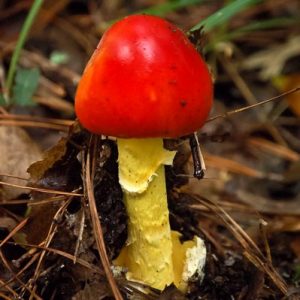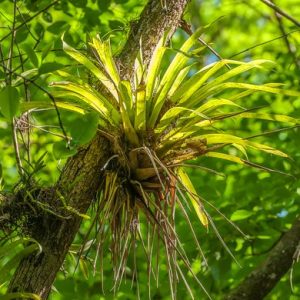Birds
When it comes to diversity, Florida is fantastically rich in both native and migratory avian species. While many migratory bird species are found across vast ranges around the world, some endemic species are found only here in the Sunshine State and nowhere else!
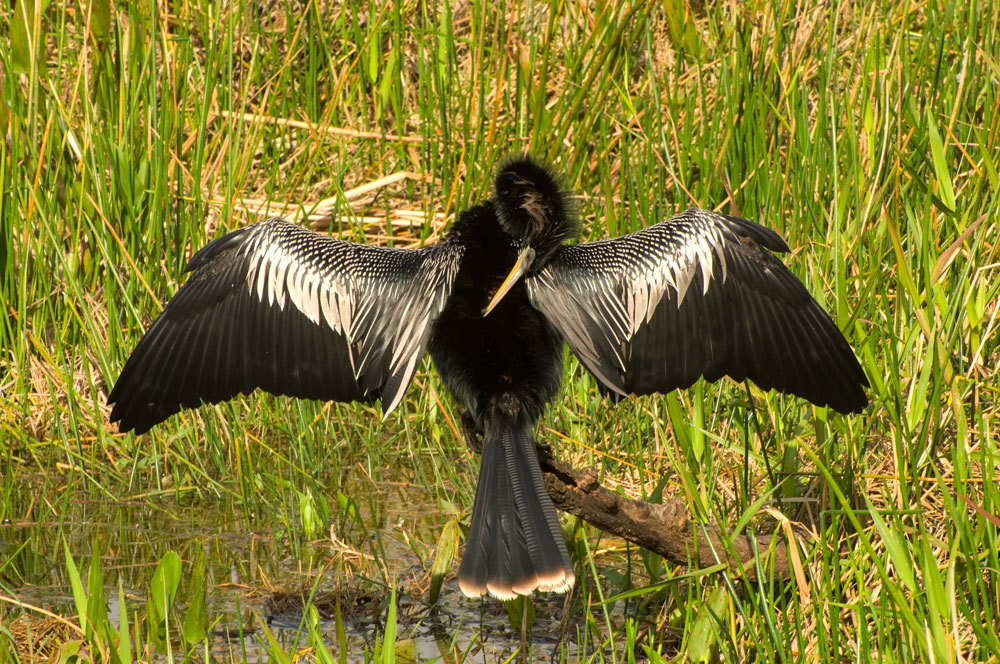
Anhingas and Cormorants
Anhingas (derived from the Brazilian Tupi language which means devil bird or snake bird) are common and very effective fish-hunters found along the coasts and interior of Florida, along the coast of the Gulf of Mexico and as far south as the Southern Amazon in Brazil. Their cousins – the cormorants, are often found in the same habitats, wings outstretched to dry in the Florida sun!
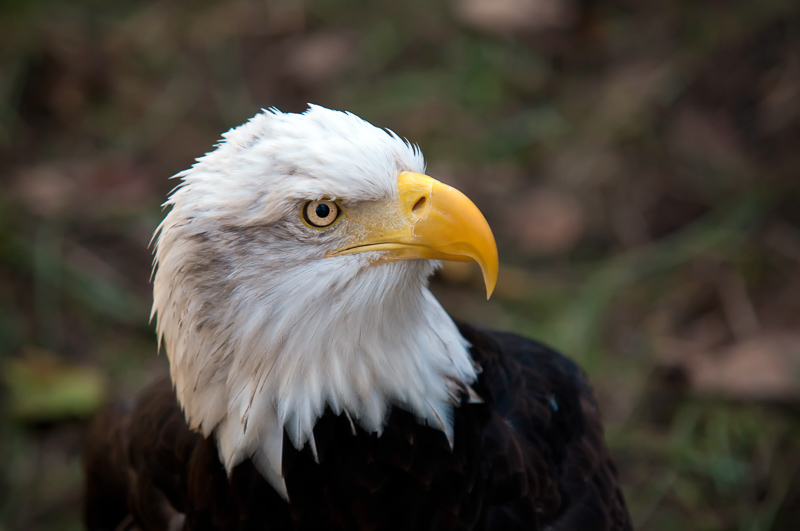
Birds of Prey
Eagles, Hawks, Ospreys, Falcons & More! This broad collection of galleries deals with hunting birds sometimes known as raptors, carrion eaters, night hunters and other winged predators that use speed, sharp talons, hearing and or phenomenal eyesight to actively catch prey on the wing.
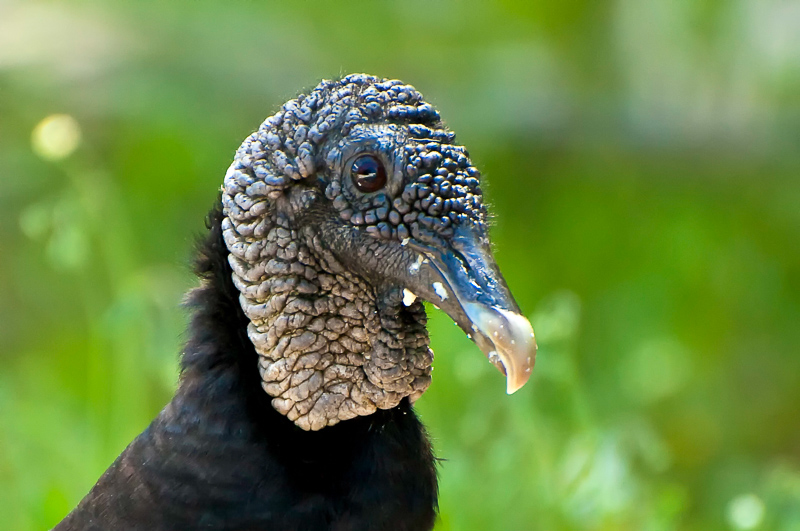
Carrion Birds
Nature’s clean-up crew! Our New World vultures are very closely related genetically to their Old World counterparts, except for one major distinction: our vultures (Cathartidae family) have come to rely on their acute sense of smell, rather than eyesight to find a meal, typically in the form of a recently deceased or decaying animal. We also have a single member of the falcon family that also specializes in dead prey, often in competion with vultures: the caracara!
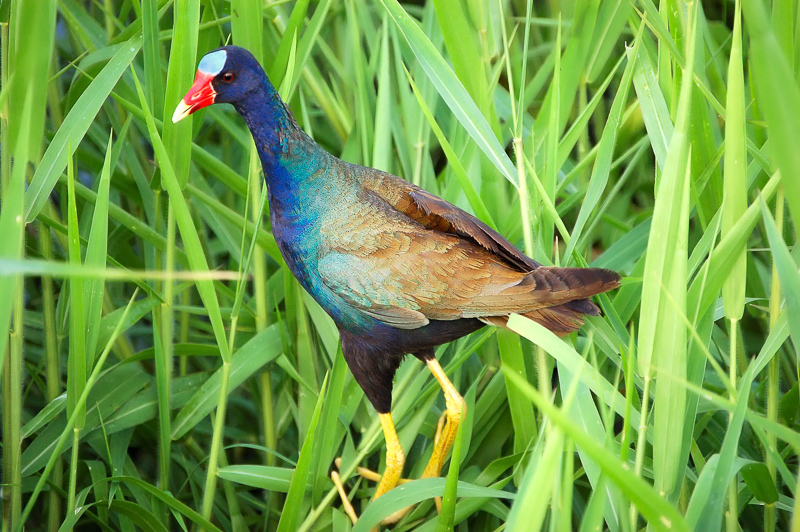
Coots and Rails
Preferring to run and hide rather than rely on their clumsy flight for protection, rails are members of the Rallidae family and are most commonly associated with wetlands with dense vegetation. Most common species in Florida are moorhens, coots, gallinules, various rail species and the sora.
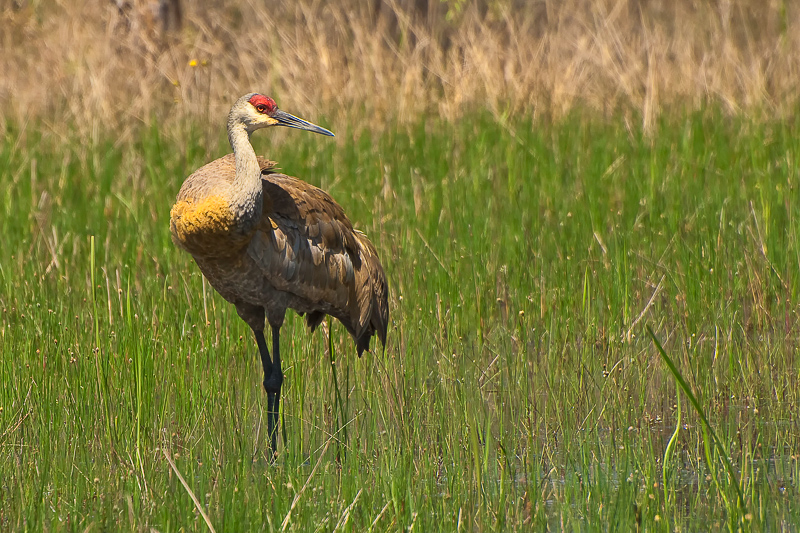
Cranes and Limpkins
Large and heron-like, cranes are incredibly beautiful wading birds belong to the family Gruidae and include one of the rarest birds in North America, the whooping crane. You can tell a crane in flight because of it’s outstretched neck and legs extended out behind it. Very attentive as parents, pairs of both of our native species mate for life. The similar but smaller and secretive limpkin is found in similar habitats, with its northernmost range reaching the wetlands of Florida.
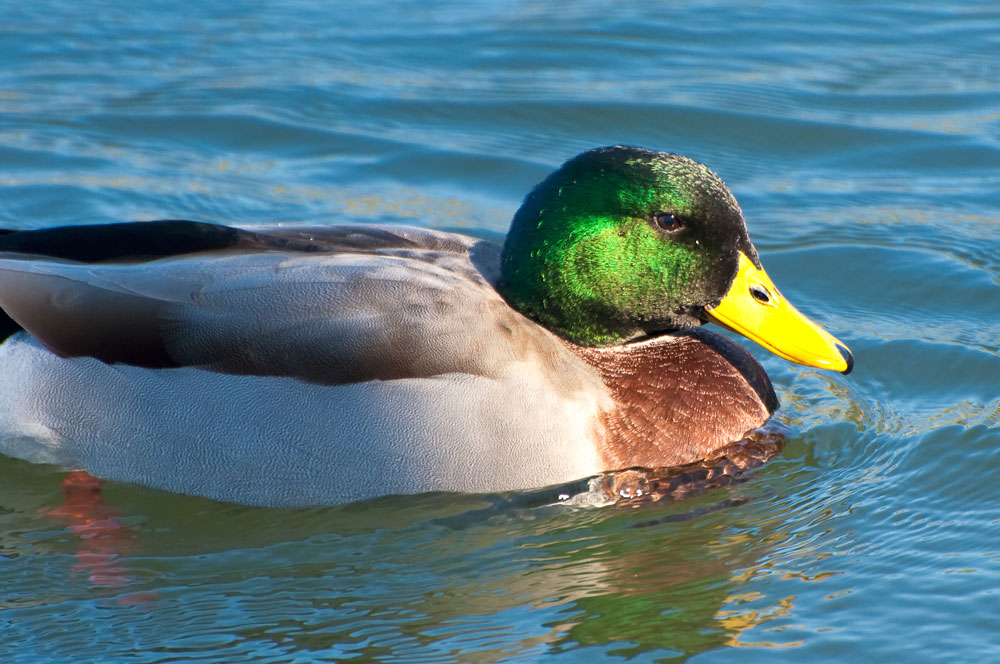
Ducks and Geese
Ducks and geese. Florida is home to many kinds of migratory and non-migratory ducks and geese. Keep an eye out in marshes, ponds and even ditches. Florida is exceptionally rich in waterfowl!
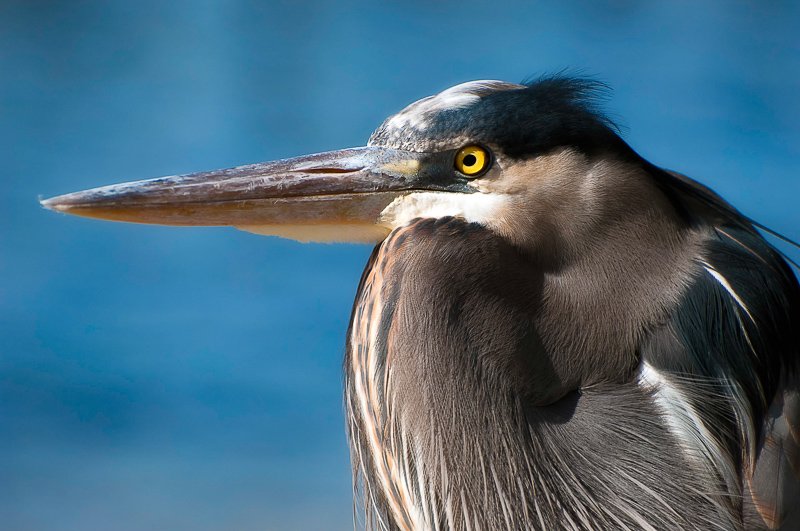
Egrets and Herons
Egrets and Herons! Find water at low elevation anywhere in North America and you are likely to find a solitary egret or heron, silently hunting for fish or frogs – exactly the same as they have done for millennia. This gallery is packed with nearly all of America’s species, because they all can be found here in Florida!
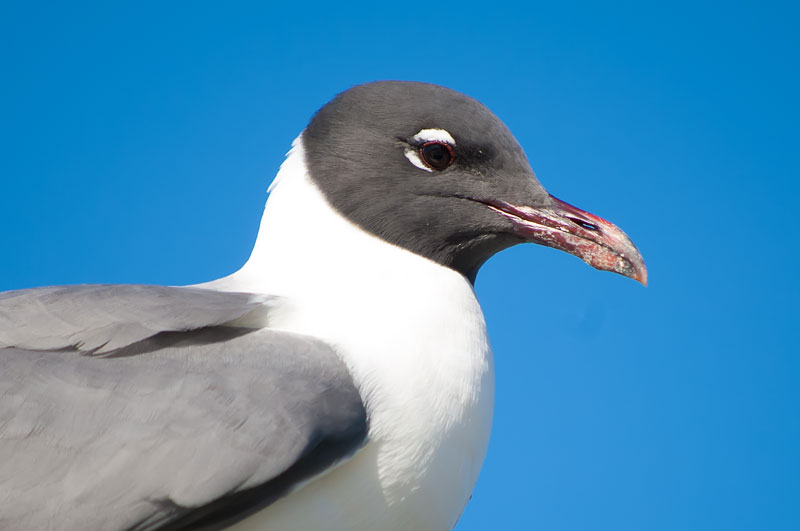
Gulls and Terns
Gulls and Terns. Unique to waterbirds, gulls (or seagulls) are at home in three places: land, sea and air. Other waterbirds are better in some of these than others, but not all can walk, swim and fly as easily as gulls. Terns are very close relatives that are also included in this gallery.
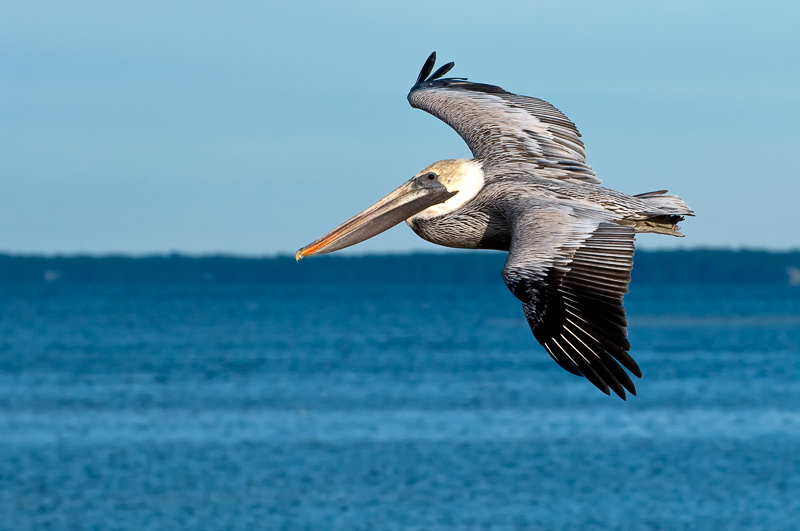
Shorebirds
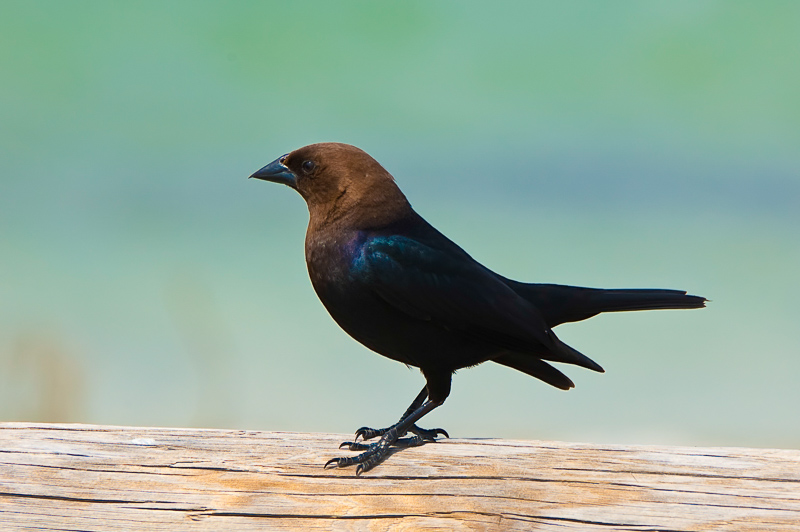
Songbirds (Passerines)
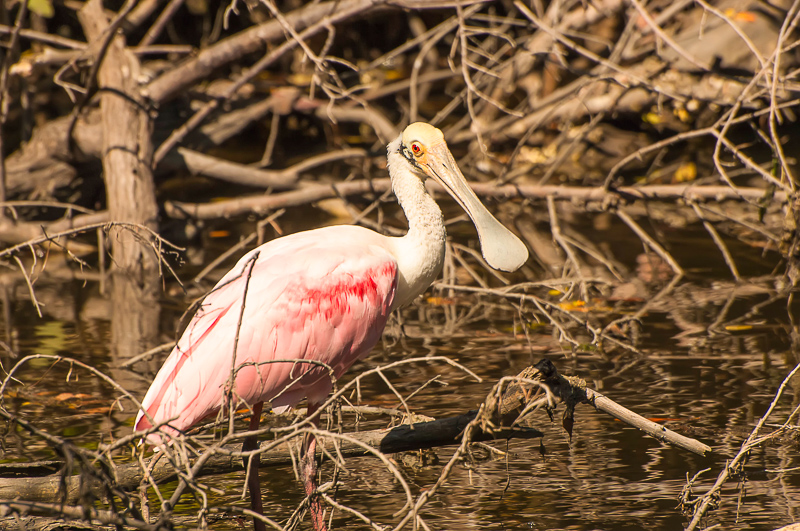
Spoonbills and Storks
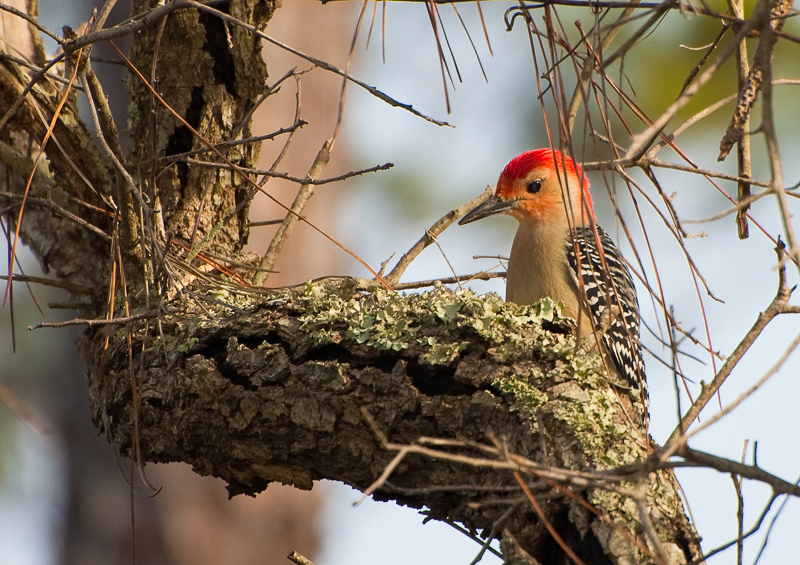
Woodpeckers
With their chisel-like bills and distinctive high-contrast plumage, woodpeckers not only shape their surroundings to create their preferred environment, they leave behind holes and hollows in living and dead trees that are beneficial to other wildlife such as owls and squirrels that share their specific habitat.

